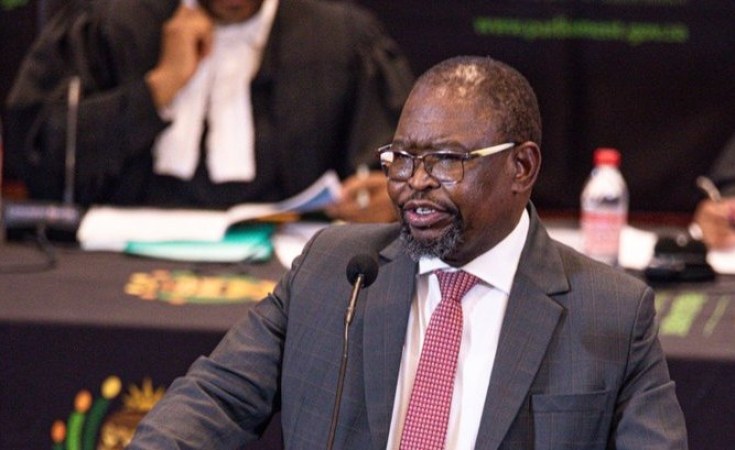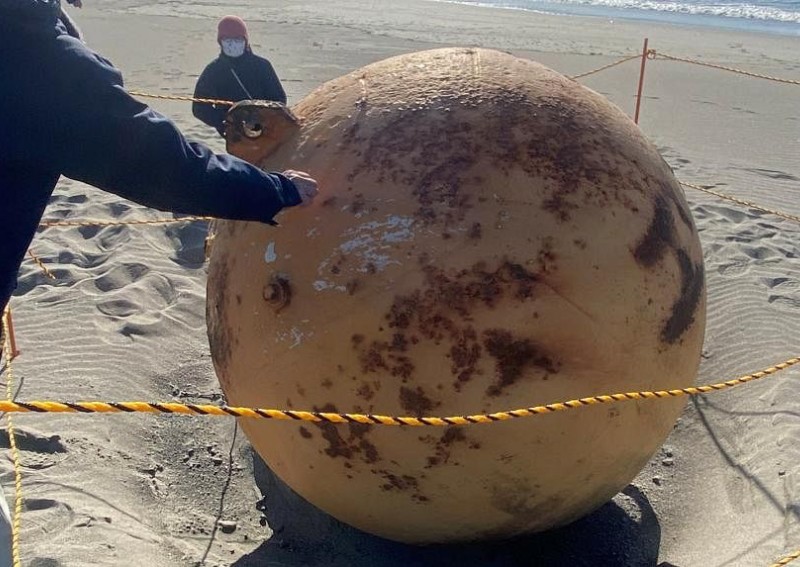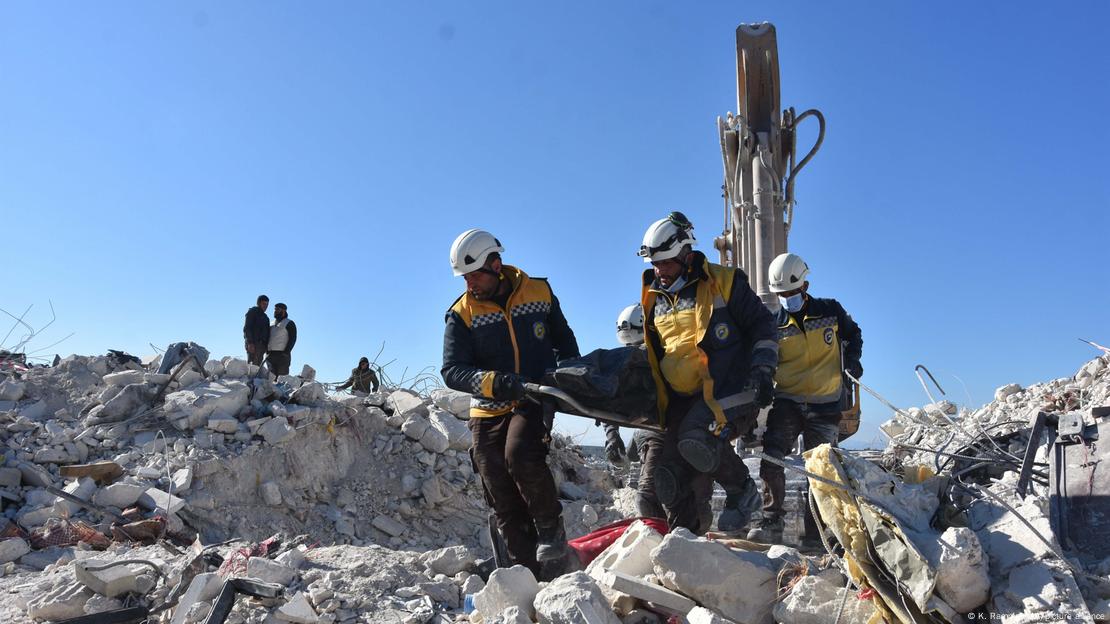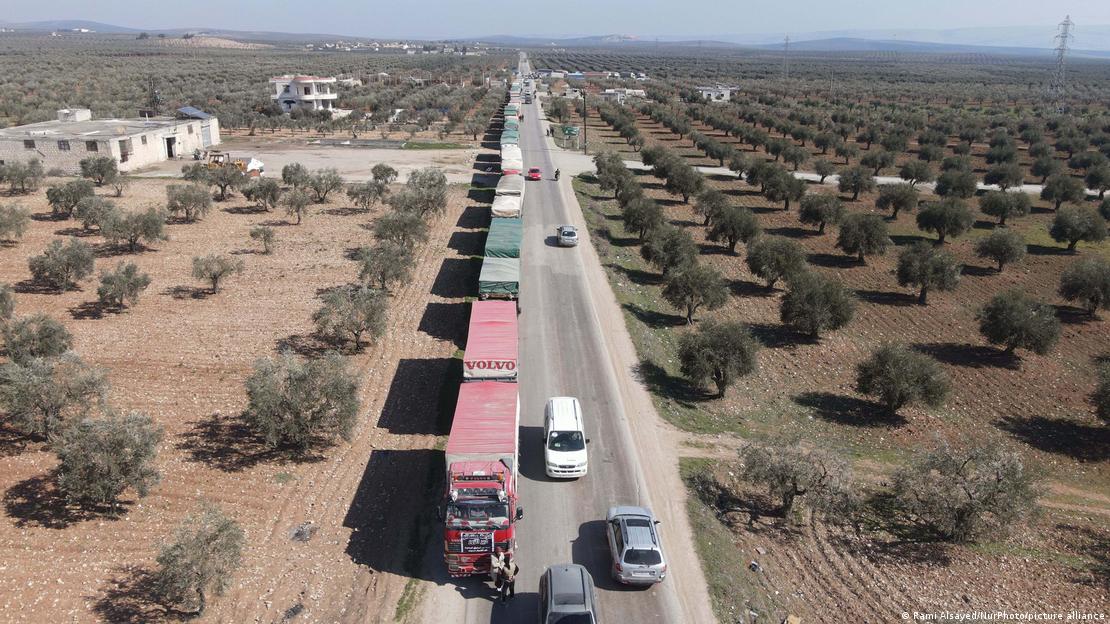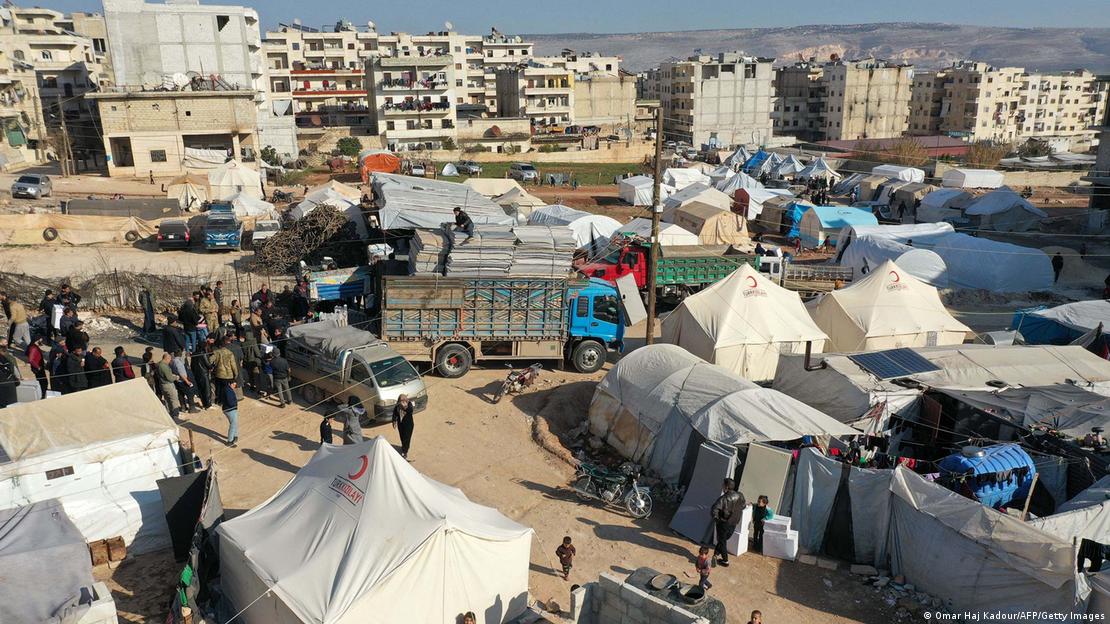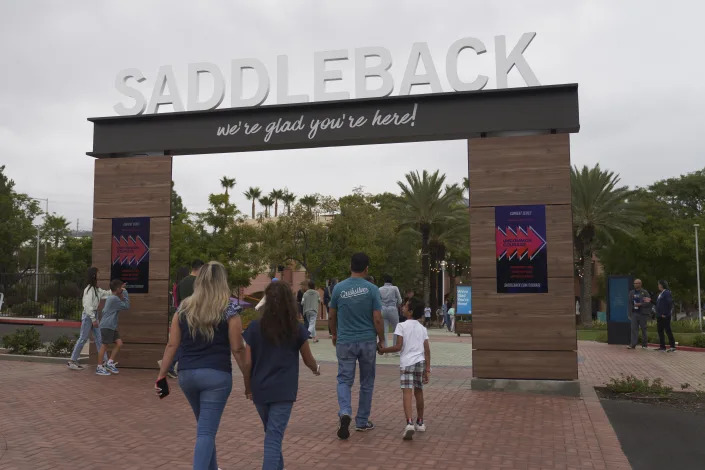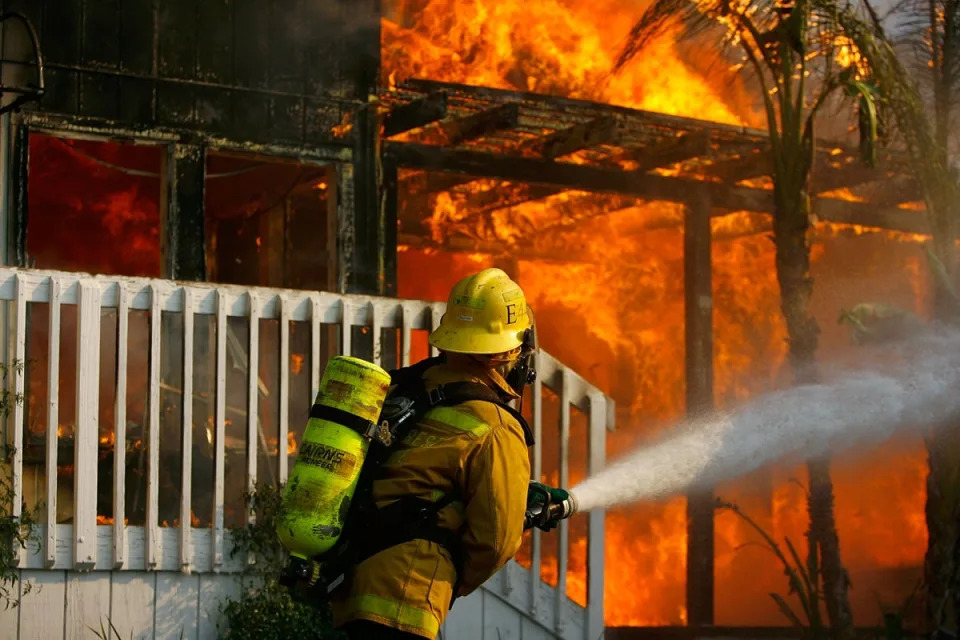By Thursday, four deaths had been confirmed as rescuers worked to save miners at the site in Inner Mongolia.

By Chang Che and John Liu
Feb. 23, 2023
Rescuers in northern China were working on Thursday to save 53 coal miners who were missing after the collapse of an open-pit mine. At least four deaths had been confirmed, local officials and state media said.
Footage released by CCTV, the Chinese state broadcaster, showed what appeared to be the moment of the collapse on Wednesday afternoon. As a stream of workers, seen from a distance, are wending through a narrow basin, a landslide occurs, blanketing the area with rock and sand and obscuring the miners from view.
More than 500 emergency personnel were at the mine in Alxa League, a prefecture in the Chinese region of Inner Mongolia, by late Wednesday night, state media said. Live coverage on CCTV showed a fleet of trucks taking rescue equipment and food to the site, and workers putting up tents.
Wei Zhiguo, one of the leaders of the rescue effort, told CCTV that there had been a second landslide while emergency personnel were on the scene. “The rescue work is still being carried out in a very intense and orderly manner,” he said.
Six people had been rescued as of Thursday, CCTV reported. Among them was Ma Jianping, who was interviewed by the state broadcaster from a hospital bed. He said he had noticed “gravel falling from the mountain” as he began the day’s work.
“As we saw the situation worsen, we organized an evacuation but couldn’t make it in time,” he said. “Shortly afterward, the whole mountain caved in.”
Hundreds of people die in coal mining accidents in China every year, though the industry’s safety record has improved considerably. Last year, the death toll from such accidents was about 240, down from over 2,600 in 2009, according to data from government agencies. Most of the deaths have been attributed to failure to follow safety protocols, including ventilation requirements.
In 2020, at least 16 people died of carbon monoxide poisoning after being trapped in a coal mine in the southwestern city of Chongqing. At least 23 were killed at another mine in the same city a few months later.
Inner Mongolia has long been a key area for coal mining in China. In 2021, to stave off an energy shortage, the central government ordered more than 70 mines in the region to ramp up production, though Chinese leaders committed to phase out coal at a climate summit in Glasgow shortly thereafter. As of 2021, coal accounted for about 56 percent of China’s energy consumption, according to the National Bureau of Statistics.
Inner Mongolia Xinjing Coal Industry, which operates the coal mine, was incorporated in 1999, according to a Chinese business data platform, Qichacha. No major accidents are known to have occurred at the mine before.
Chang Che is the Asia technology correspondent for The Times. He previously worked for The China Project and as a freelance writer covering Chinese technology and society. @changxche
John Liu joined The Times in 2021 and covers news in China. Previously, he was a reporter for The Myanmar Times, and wrote about Taiwan for international outlets. @JohnLiuNN
Mudslide disrupts rescue of 53 missing in China mine collapse

The mudslide happened at an open-pit mine in the Alxa League operated by Xinjing Coal Mining Co.
BEIJING — A mudslide has disrupted rescue operations at a coal mine collapse in China's Inner Mongolia region that killed at least two people, injured six and left more than 53 people missing, state media reported on Thursday (Feb 23).
The collapse happened on Wednesday at an open-pit mine in the Alxa League operated by Xinjing Coal Mining Co.
After the collapse, President Xi Jinping ordered search and rescue efforts, state media reported.
"We must make every possible effort to rescue the missing persons and treat the injured," Xi said.
But the landslide on Wednesday evening led to the suspension of the search and it had not resumed by 6am on Thursday, state media reported.
There were no reports of any casualties in the mudslide.
Coal is a major source of energy in China but its mines are among the world’s deadliest, largely due to lax enforcement of safety standards, despite repeated government orders for improvements in safety over the years.
Inner Mongolia is a major coal-producing region. China's mines have been trying to boost output over the past year under a government call for greater supplies and stable prices.
Before the mudslide, four rescue teams of 109 people were searching for the trapped miners, state media reported.
Authorities also sent 238 firefighters, 41 fire trucks and six rescue dogs to join the rescue and more teams of about 200 people were expected to arrive on Thursday, state media said.
Premier Li Keqiang demanded a quick investigation into the cause of the collapse.
The accident was the top trending discussion on the Weibo, social media platform on Thursday with some users saying most of the missing were dump truck and excavator drivers.
The National Health Commission said on Wednesday evening six injured people had been rescued and it had sent 15 ambulances and 45 medical staff to help with the rescue.
More bodies found in China mine collapse,
49 remain missing
1 of 7
In this image taken from official surveillance camera footage run by China's CCTV, dirt moves down the side of a hill at an open pit mine in Alxa League in northernChina's Inner Mongolia Autonomous Region, Wednesday, Feb. 22, 2023. An open pit mine collapsed in China's Inner Mongolia Autonomous Region on Wednesday, killing several people and leaving dozens missing, state media reported.
BEIJING (AP) — The death toll from the collapse of an open pit coal mine in northern China has risen to four, with 49 people still missing, state broadcaster CCTV reported Thursday.
Work had been suspended for several hours after an additional landslide at the gigantic facility following Wednesday’s mine collapse in the vast Inner Mongolia region’s Alxa League.
State media said the landslide struck at 6:00 p.m. Wednesday, about five hours after the initial cave-in of one of the pit’s walls buried people and mining trucks below.
The official Xinhua News Agency said about 900 rescuers with heavy equipment were on the scene and work had resumed by Thursday morning.
Chinese President Xi Jinping has demanded “all-out efforts in search and rescue” and for “ensuring the safety of people’s lives and property and maintaining overall social stability.”
Images of the collapse distributed by CCTV showed a massive wall of debris rushing down a slope onto people and vehicles below.
The company running the mine, Inner Mongolia Xinjing Coal Industry Co. Ltd., was cited and fined last year for multiple safety violations ranging from insecure access routes to the mining surface to unsafe storage of volatile materials and a lack of training for its safety overseers, according to the news website The Paper.
Inner Mongolia is a key region for mining of coal and various minerals and rare earths, which critics say has ravaged the original landscape of mountains, grassy steppes and deserts.
China overwhelmingly relies on coal for power generation but has tried to reduce the number of deadly mine accidents through a greater emphasis on safety and the closure of smaller operations that lacked necessary equipment.
Most mining deaths are attributed to explosions caused by the buildup of methane and coal dust, or to drownings caused when miners break into shafts that had been abandoned due to flooding.
China has recorded a slew of deadly industrial and construction accidents in recent months as a result of poor safety training and regulation, official corruption and a tendency to cut corners by companies seeking to make profits. The economy has slowed, partly as a result of draconian lockdowns and quarantines imposed under the now-abandoned “zero COVID” policy.


